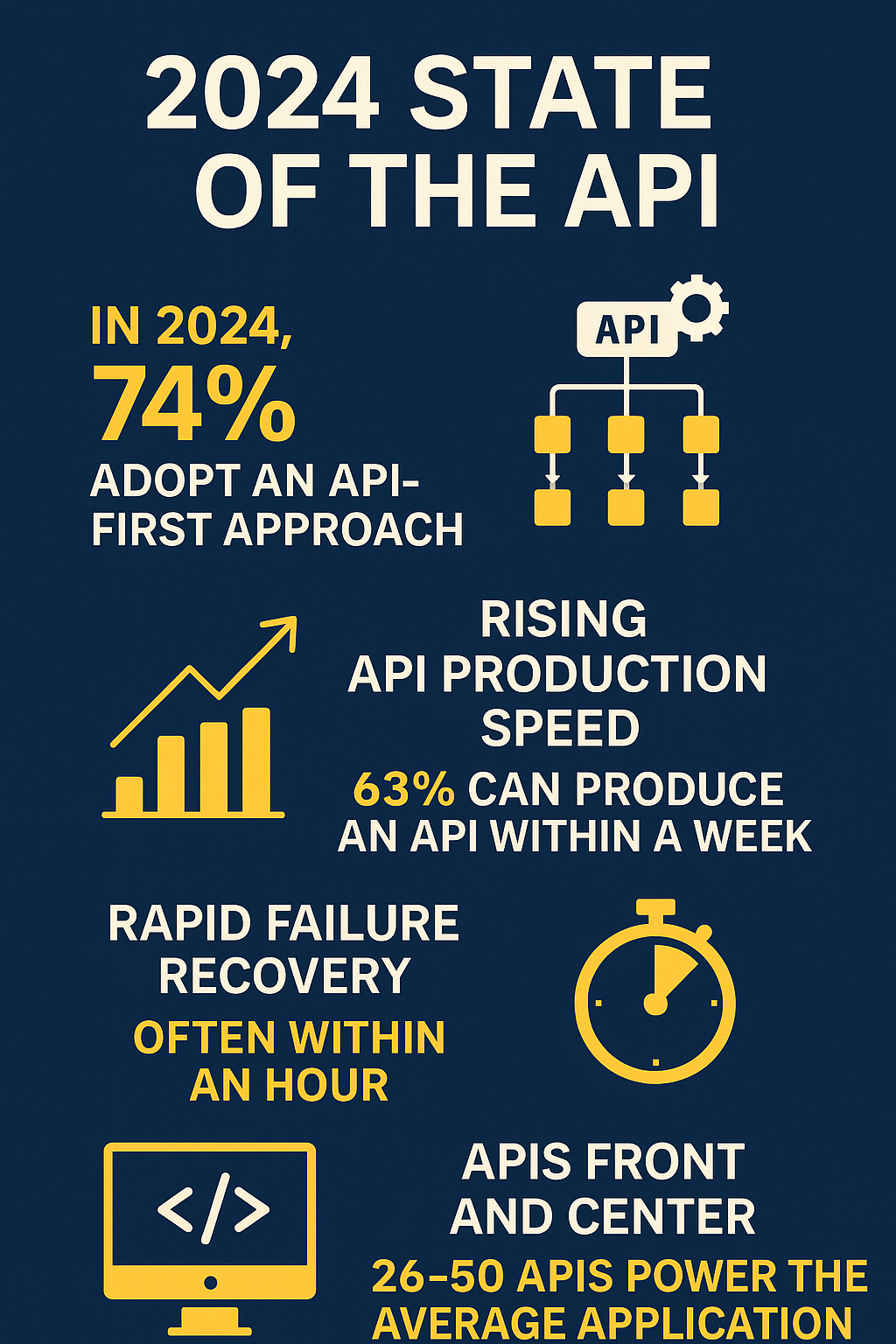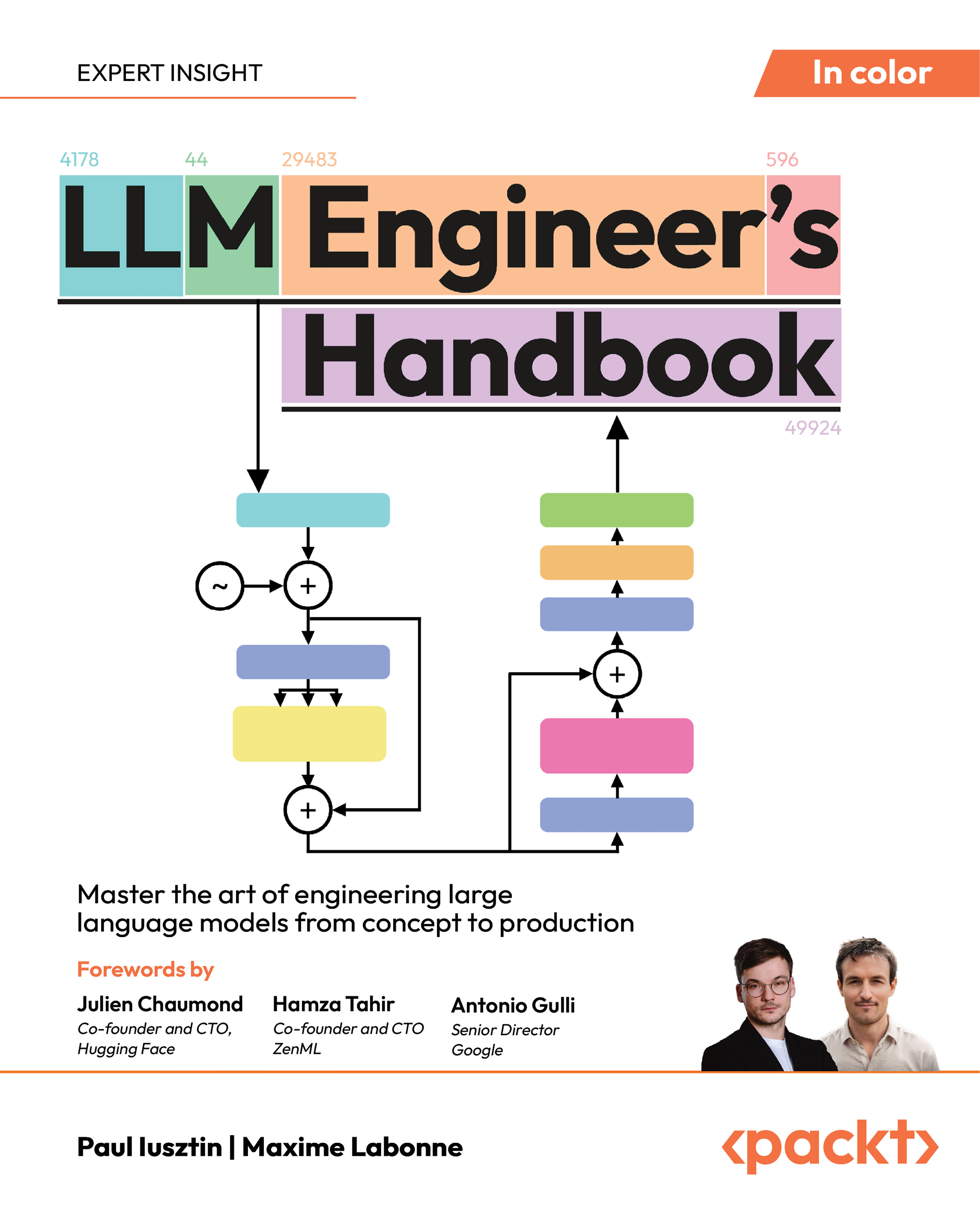Protocol diversity is a reality for modern testers. Westerveld emphasizes that while core principles carry over across styles, testing strategies must adapt to the nuances of each protocol.
Unlock access to the largest independent learning library in Tech for FREE!
Get unlimited access to 7500+ expert-authored eBooks and video courses covering every tech area you can think of.
Renews at $15.99/month. Cancel anytime
gRPC, for example, provides low-level access through strongly typed RPC calls defined in .proto files. This increases both the power and the surface area of test logic.
“One area where you really see a difference with modern APIs is in how you think about test coverage. The way you structure and approach that will be different from how you’d handle a REST API.
That said, there are still similar challenges. For instance, if you’re using gRPC and you’ve got a protobuf or some kind of contract, it’s easier to test—just like with REST, if you have an OpenAPI specification.
So, advocating for contracts stays the same regardless of API type. But with GraphQL or gRPC, you need more understanding of the underlying code to test them adequately. With REST, you can usually just look at what the API provides and get a good sense of how to test it.”
GraphQL, he notes, introduces different complexities. Because it’s introspective and highly composable:
“With GraphQL, there are a lot of possible query combinations… A REST API usually has simple, straightforward docs—‘here are the endpoints, here’s what they do’—maybe a page or two.
With GraphQL, the documentation is often dynamically generated and feels more like autocomplete. You almost have to explore the graph to understand what’s available. It’s harder to get comprehensive documentation.”
Postman supports both gRPC and GraphQL natively, enabling users to inspect schemas, craft requests, and run tests—all without writing code. But effective testing still depends on schema discipline and clarity. Westerveld points out that with GraphQL, where documentation can feel implicit or opaque, mock servers and contract-first workflows are critical. Postman helps here too, offering design features that can generate mocks and example responses directly from imported specs.
 United States
United States
 Great Britain
Great Britain
 India
India
 Germany
Germany
 France
France
 Canada
Canada
 Russia
Russia
 Spain
Spain
 Brazil
Brazil
 Australia
Australia
 South Africa
South Africa
 Thailand
Thailand
 Ukraine
Ukraine
 Switzerland
Switzerland
 Slovakia
Slovakia
 Luxembourg
Luxembourg
 Hungary
Hungary
 Romania
Romania
 Denmark
Denmark
 Ireland
Ireland
 Estonia
Estonia
 Belgium
Belgium
 Italy
Italy
 Finland
Finland
 Cyprus
Cyprus
 Lithuania
Lithuania
 Latvia
Latvia
 Malta
Malta
 Netherlands
Netherlands
 Portugal
Portugal
 Slovenia
Slovenia
 Sweden
Sweden
 Argentina
Argentina
 Colombia
Colombia
 Ecuador
Ecuador
 Indonesia
Indonesia
 Mexico
Mexico
 New Zealand
New Zealand
 Norway
Norway
 South Korea
South Korea
 Taiwan
Taiwan
 Turkey
Turkey
 Czechia
Czechia
 Austria
Austria
 Greece
Greece
 Isle of Man
Isle of Man
 Bulgaria
Bulgaria
 Japan
Japan
 Philippines
Philippines
 Poland
Poland
 Singapore
Singapore
 Egypt
Egypt
 Chile
Chile
 Malaysia
Malaysia















